Chainsaws, when handled with due care and attention, are great. Whether it’s a more expensive professional saw or a cheaper alternative, spending a little more on some personal protective equipment (PPE) can be worthwhile. We take a look at the various pieces of PPE, which are highly recommended to be bought with saws.
Helmet with ear defenders and face shield
This three-in-one piece of equipment serves a lot of purposes.
The helmet protects from falling debris, such as branches and limbs, and it also reduces the impact should something large come crashing towards you. Like a motorbike or cycling helmet, it should sit snuggly on your head and if supplied with a chin strap, this should be used so it doesn’t move around freely during use.
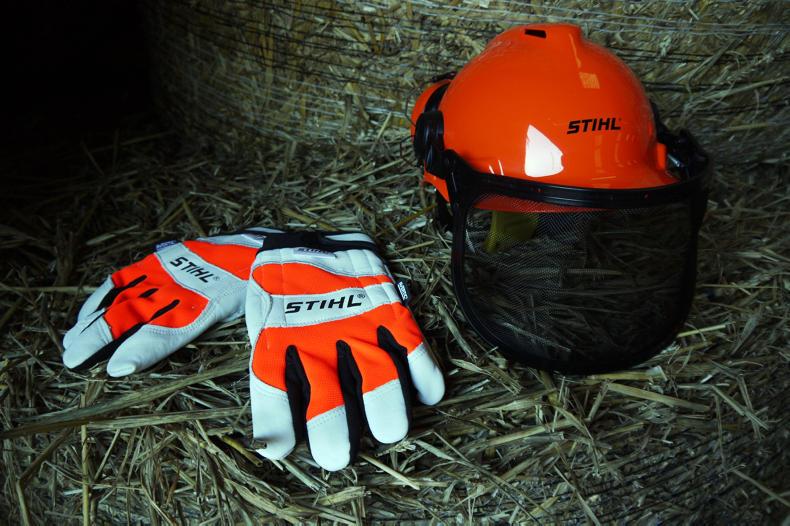
It also keeps your head dry if it’s raining. Saws are loud machines and ear defenders prevent long-term damage to your hearing.
Whether they are part of the helmet or separate, adjust them to fit over your ears, so a tight seal is formed preventing noise and dust getting into your ear canal.
The face shield is also very useful. It stops dust and other material being flung into your face and eyes. Most models either fold fully out of the way or down completely.
Adjust them as much as possible of your face is covered during work.
If a face shield is not available, get a pair of safety glasses. These will protect your eyes and prevent sawdust being blown into your eyes.
Gloves
Gloves obviously keep your hands warm but also reduce the vibration throughout your body thanks to padding. Both pairs we used made a big difference compared to using the saw without them over an hour’s work.
The left Oleo-Mac glove had extra padding and protection compared to the right glove. This reduced vibration from the saw considerably.
The padding above the knuckles served as protection against a chain breaking or a limb falling back on the left hand.
Both pairs of gloves had elastic Velcro cuffs, which did a good job of keeping sawdust out.
Jacket and chainsaw trousers
Chainsaw jackets are useful for a number of reasons.
They protect you from the elements but, more importantly, the material they are lined with is – in a lot of cases – designed to slow the chain’s rate of cutting and clog the mechanism. This could be the difference between getting seriously injured and not.
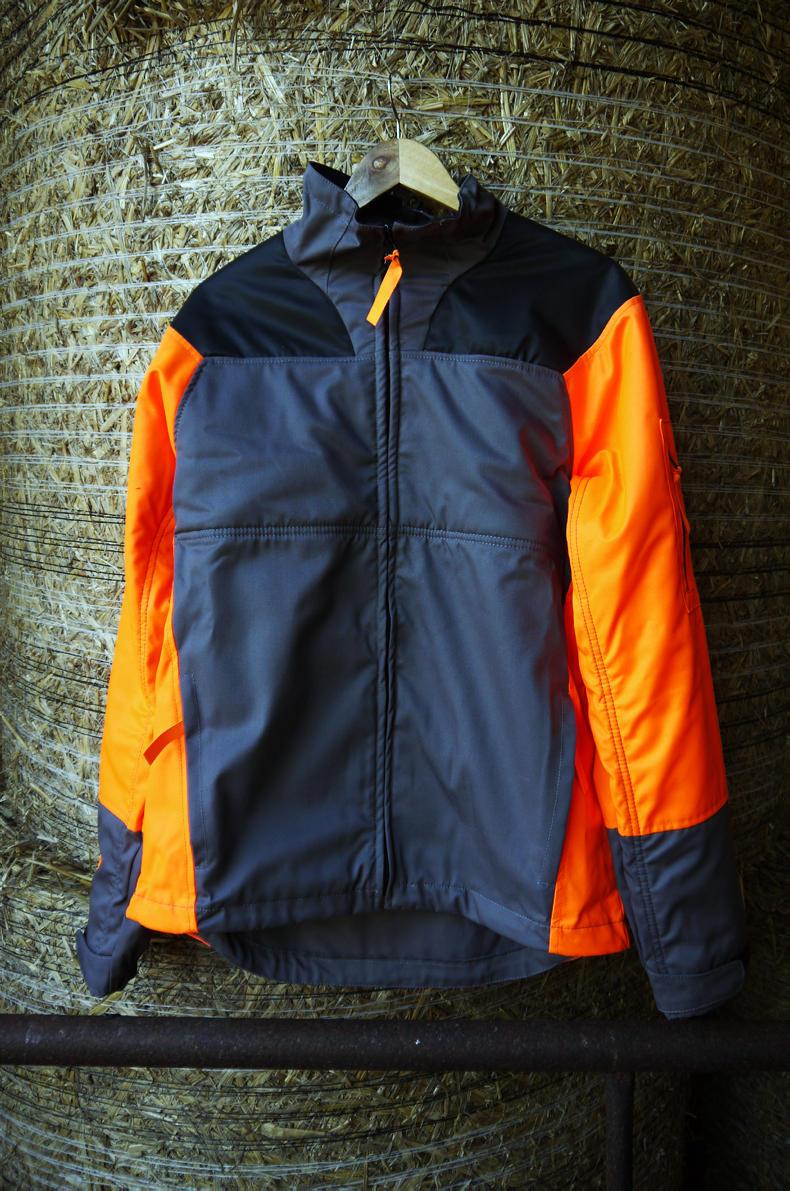
Chainsaw jackets are commonly fitted with air vents so they can be worn zipped-up without the operator overheating.
The jacket we wore had a protection limit for saws with a chain speed of 1m/s to 20m/s.
Chainsaw trousers are similar to overalls but that’s where the similarity stops. The two pairs we tried were substantial and not just another layer.
The material in these, like the jacket, are designed to clog the saw if they come into contact. At the front of the leg, underneath the external layer, is a thick polyester layer of extremely tough fibres. These are designed not to interfere with operator comfort but save you serious injury. Thankfully, we didn’t test the fibre’s strength.
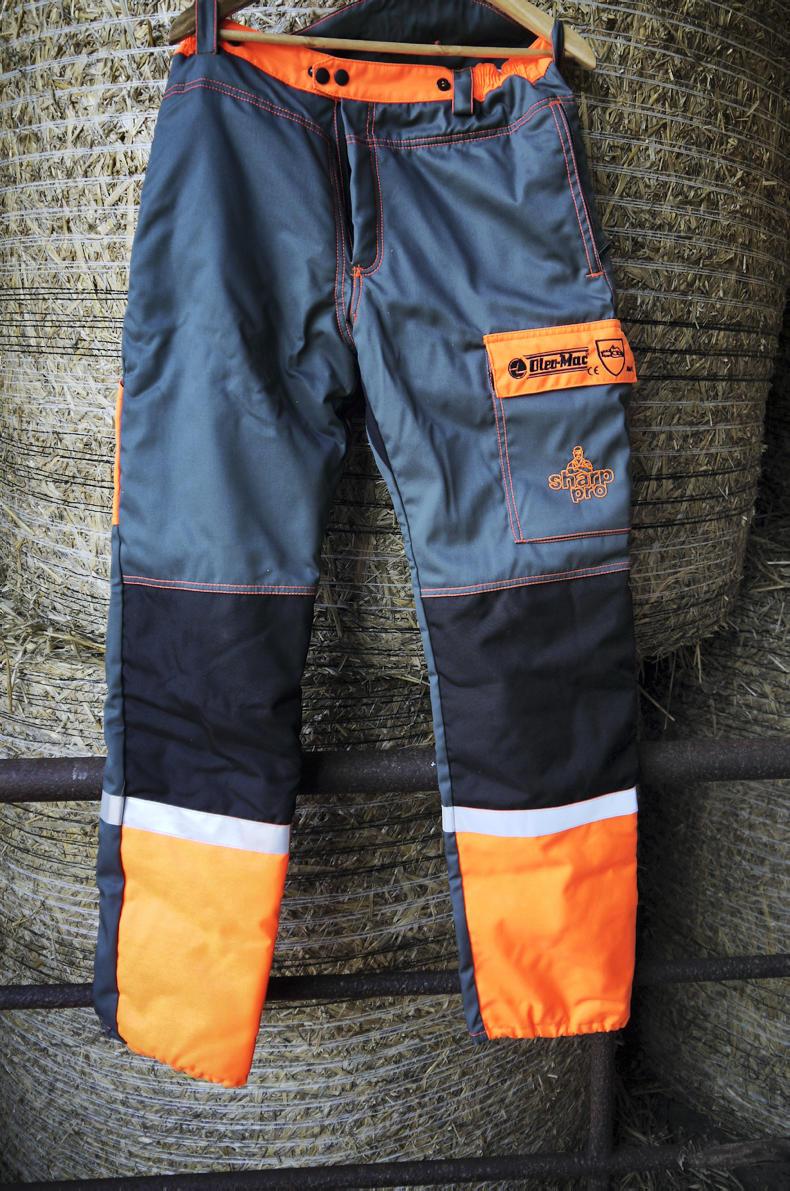
The only criticism we had was that we weren’t long getting warm wearing them over a pair of jeans. Both companies supply “chaps” or leggings as an alternative.
These are worn over the work trousers but don’t have any coverage to the rear of the operator’s leg and can be fitted and removed in a matter of minutes.
Like the jacket, the trousers we wore had a protection limit for saws with a chain speed of 1m/s to 20m/s.
Protective boots
Chainsaw Wellingtons have a number of advantages apart from keeping the rain and elements out. Most manufacturers fit them with a cut resistant inlay spanning the front foot area, so check this is in the boot before purchasing.
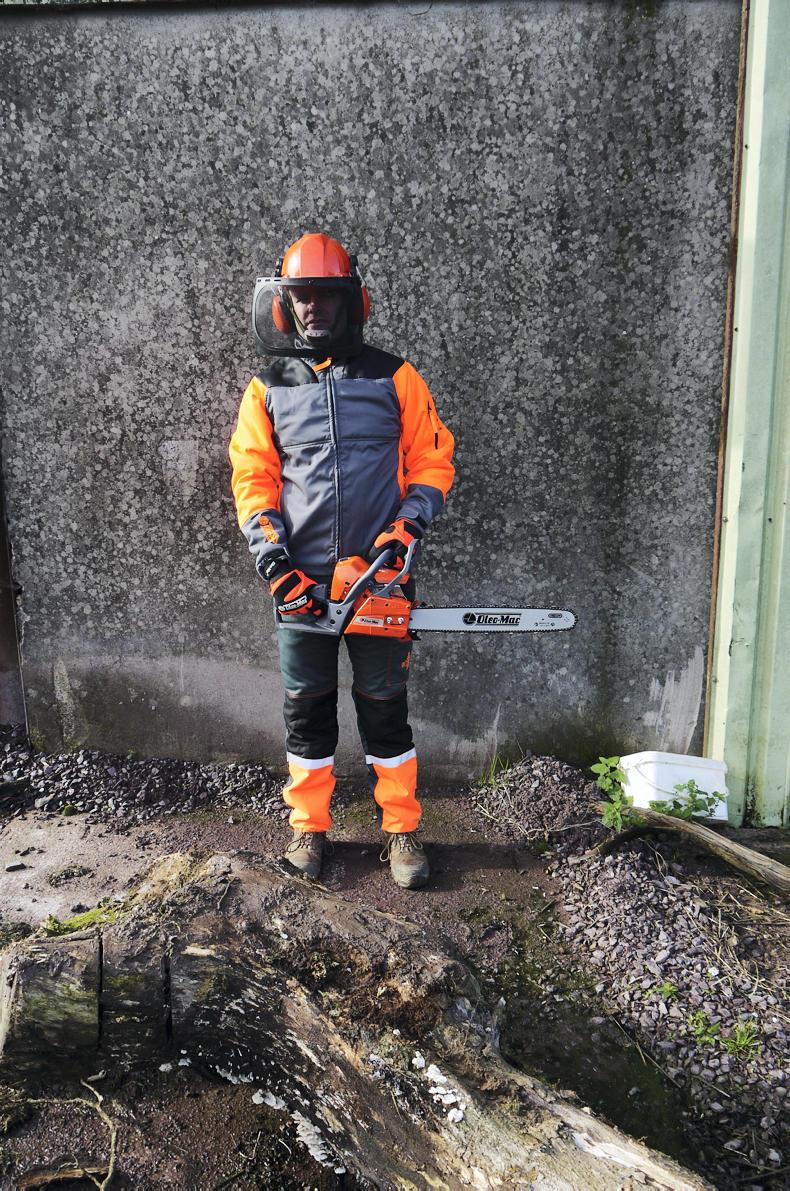
This protects your feet from the chain should it slip downwards and come in contact with your foot.
A steel toe cap should also be fitted to add similar protection to your toes. The underside of the boots are fitted with rough tread for slippery conditions and deep insoles keep your feet warm in cold weather. Rear laces on some Wellingtons mean you can close the top of the boot to keep sawdust, rain and other debris out.
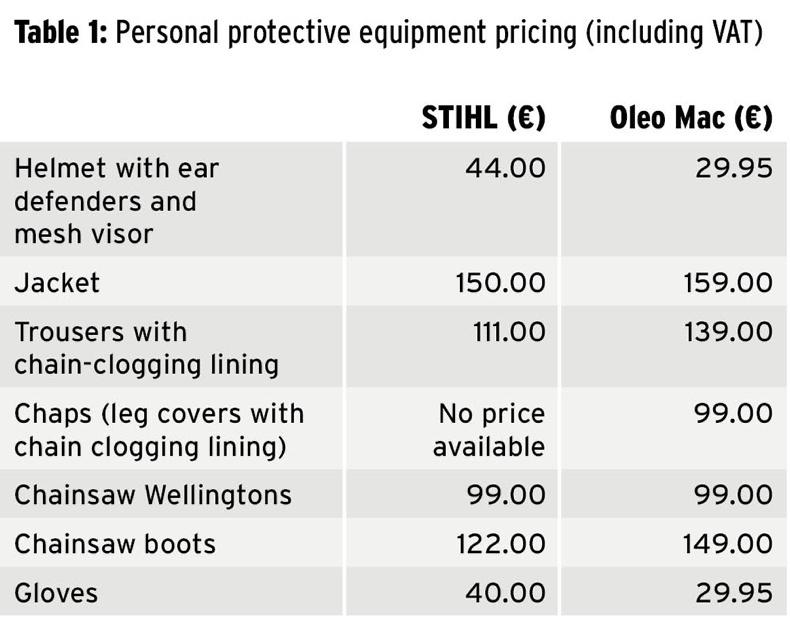

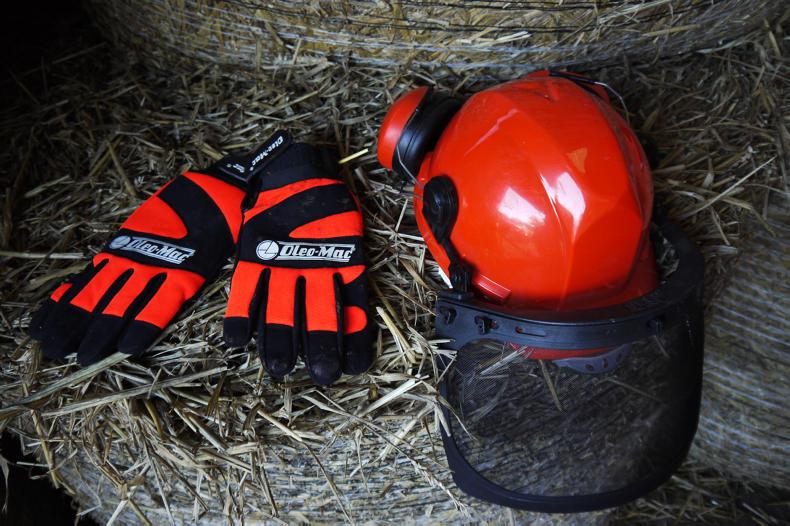




 This is a subscriber-only article
This is a subscriber-only article








SHARING OPTIONS: